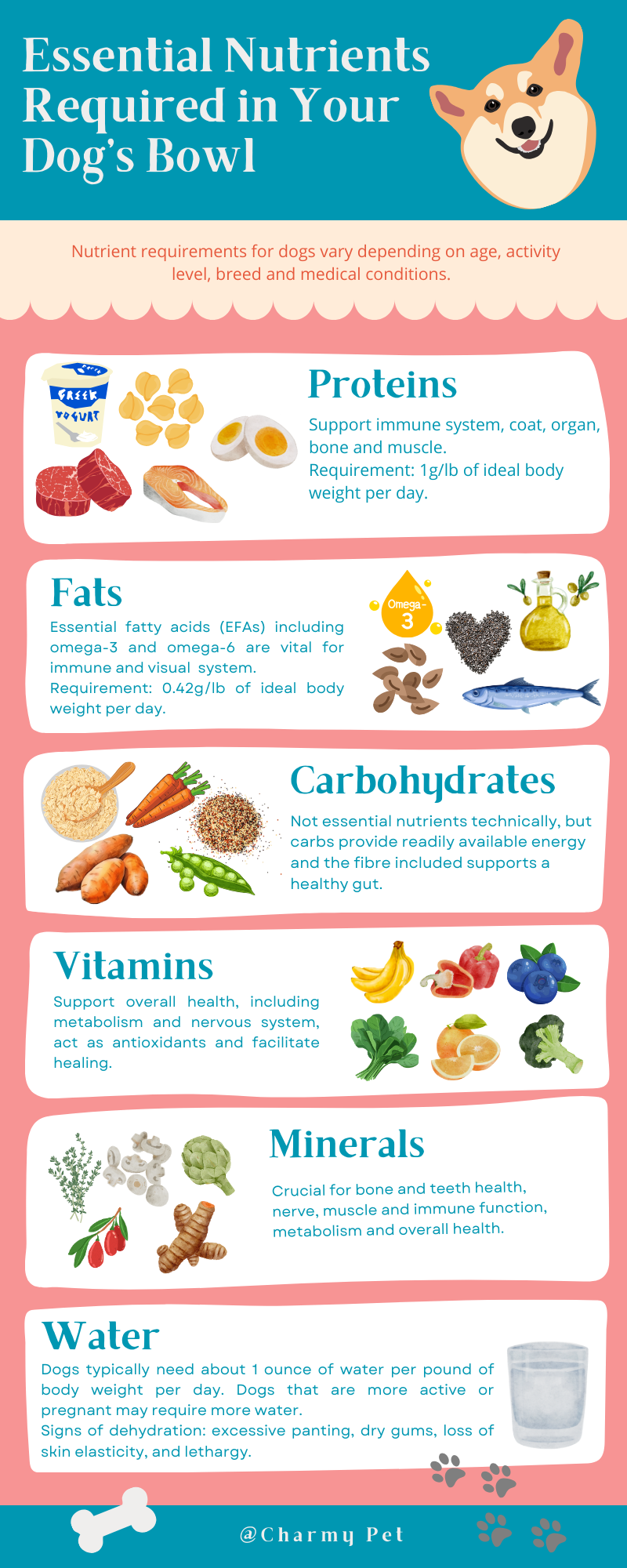
Pet Nutrition 101: Crafting Healthy Diets for Dogs and Cats
Estimated reading time: 6 minutes
Key Takeaways
- Balanced pet nutrition can extend lifespan by up to 20%
- Dogs need proteins, fats, and carbs while cats require animal-based taurine
- 35% of pet owners unknowingly feed toxic human foods
- Homemade diets require veterinary guidance to avoid nutrient gaps
Table of Contents
1. Introduction to Pet Nutrition
Proper pet nutrition prevents chronic diseases and boosts energy levels. Studies show pets with optimized diets have 40% fewer vet visits (sodovet.com).
2. Healthy Diets for Dogs
Choose foods with AAFCO certification and life-stage appropriateness. Large breeds need 30% more glucosamine than small breeds (redbarn.com).
3. Best Food for Cats
Cats lacking taurine develop heart failure within 6 months. Always check for animal protein as first ingredient (albemarleanimalclinic.com).
4. Can Dogs Eat Human Food?
Safe options include plain pumpkin and green beans. Avoid: chocolate, grapes, and anything with xylitol (pranapets.com).
5. Homemade Pet Food Recipes
Always add calcium supplements to homemade cat food. For dogs, mix 50% protein with 25% veggies and 25% grains.
6. What to Avoid in Pet Diets
Raw diets carry 7x higher salmonella risk. Never use garlic powder or onion derivatives (eastcoastvet.com).
FAQ
Q: Can cats drink almond milk?
Small amounts are safe, but many cats develop lactose intolerance. See full guide.
Q: How do pets see their food?
Dogs use smell primarily, while cats rely on texture. Learn about pet vision.
Q: Are grain-free diets safe?
Recent studies link grain-free diets to heart issues in dogs – consult your vet first.
